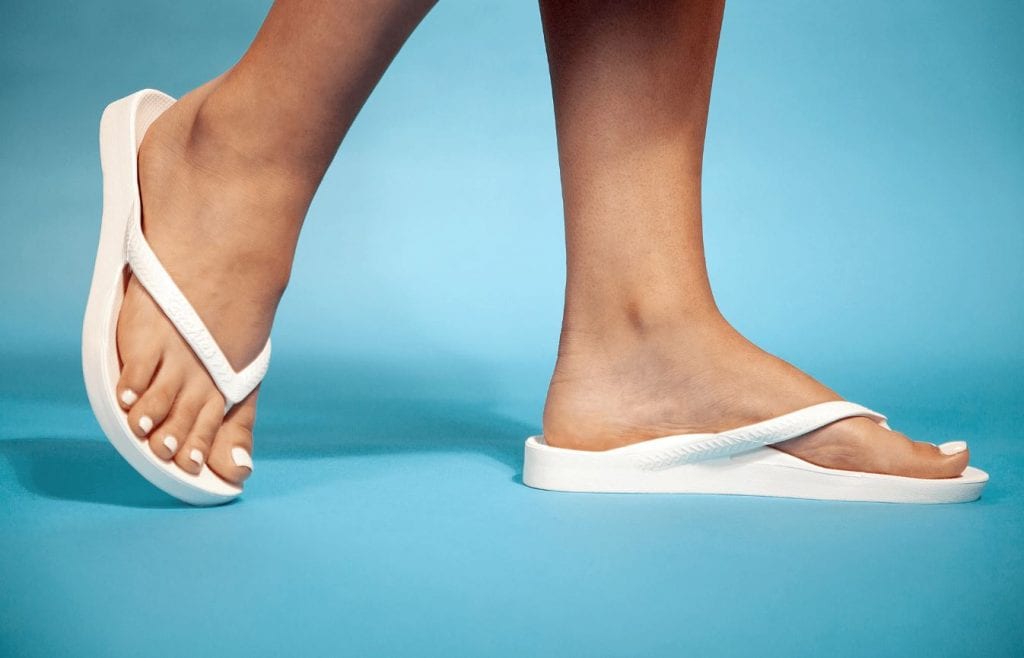Chilblains are a relatively prevalent problem when the weather is cooler. These are a painful and itchy reaction of the small arteries in the toes to the changes in temperature. They cause a painful red lesion, which later turns into a dark blue color when they become chronic. They have recently been receiving some extra publicity from the media on account of them being more common in those infected with coronovirus, being given the label, COVID toes.
Chilblains are a seasonal problem and appear in all areas in which the climate will get cold enough to result in the reaction in the skin. An episode of PodChatLive had a deep dive into condition of chilblains:
The obvious way to deal with chilblains is to prevent these by keeping the feet warm with good socks. If a chilblain does develop then it ought to be kept warm and be covered to stop the skin from breaking down. There are numerous chilblain creams that can be used to help to encourage the blood flow.
